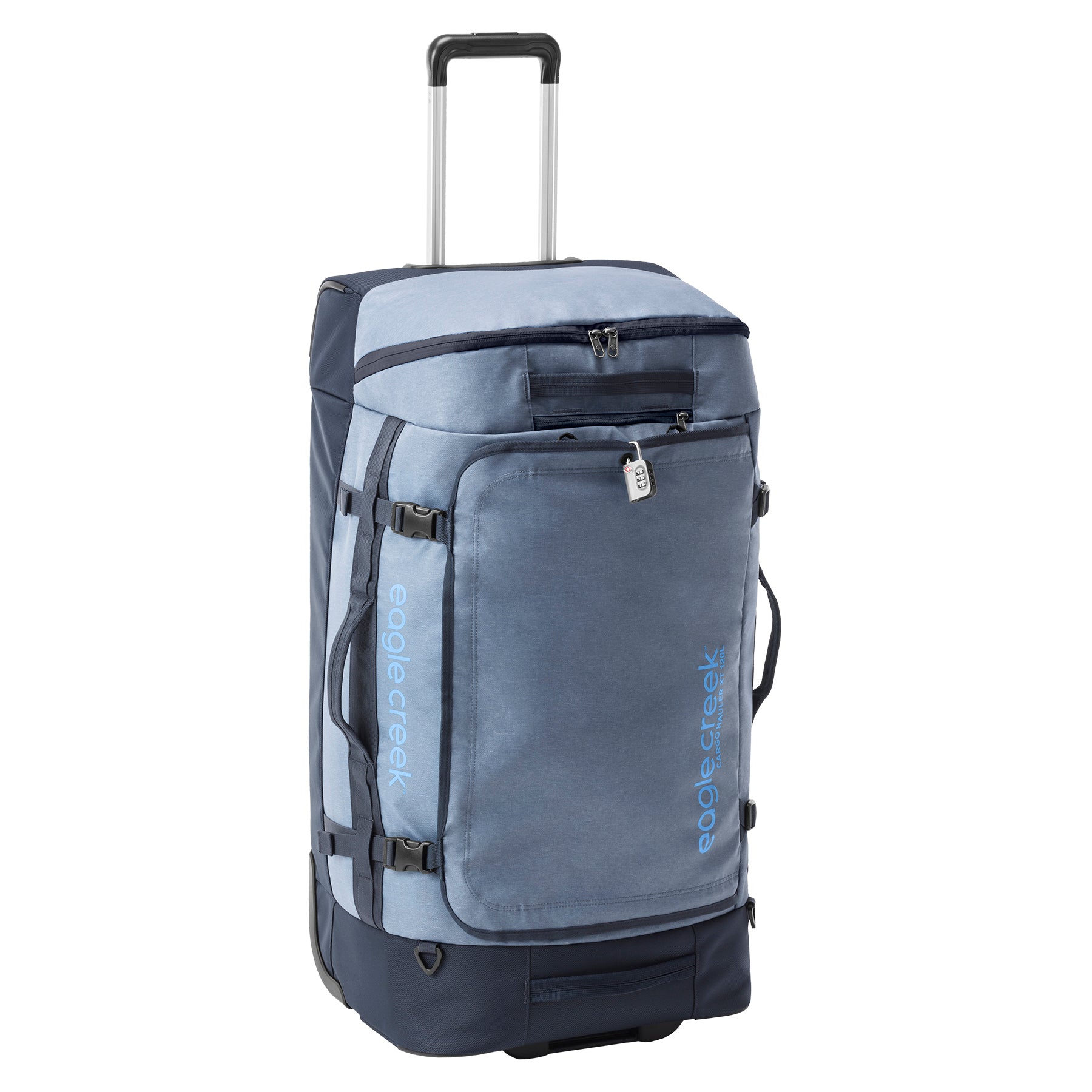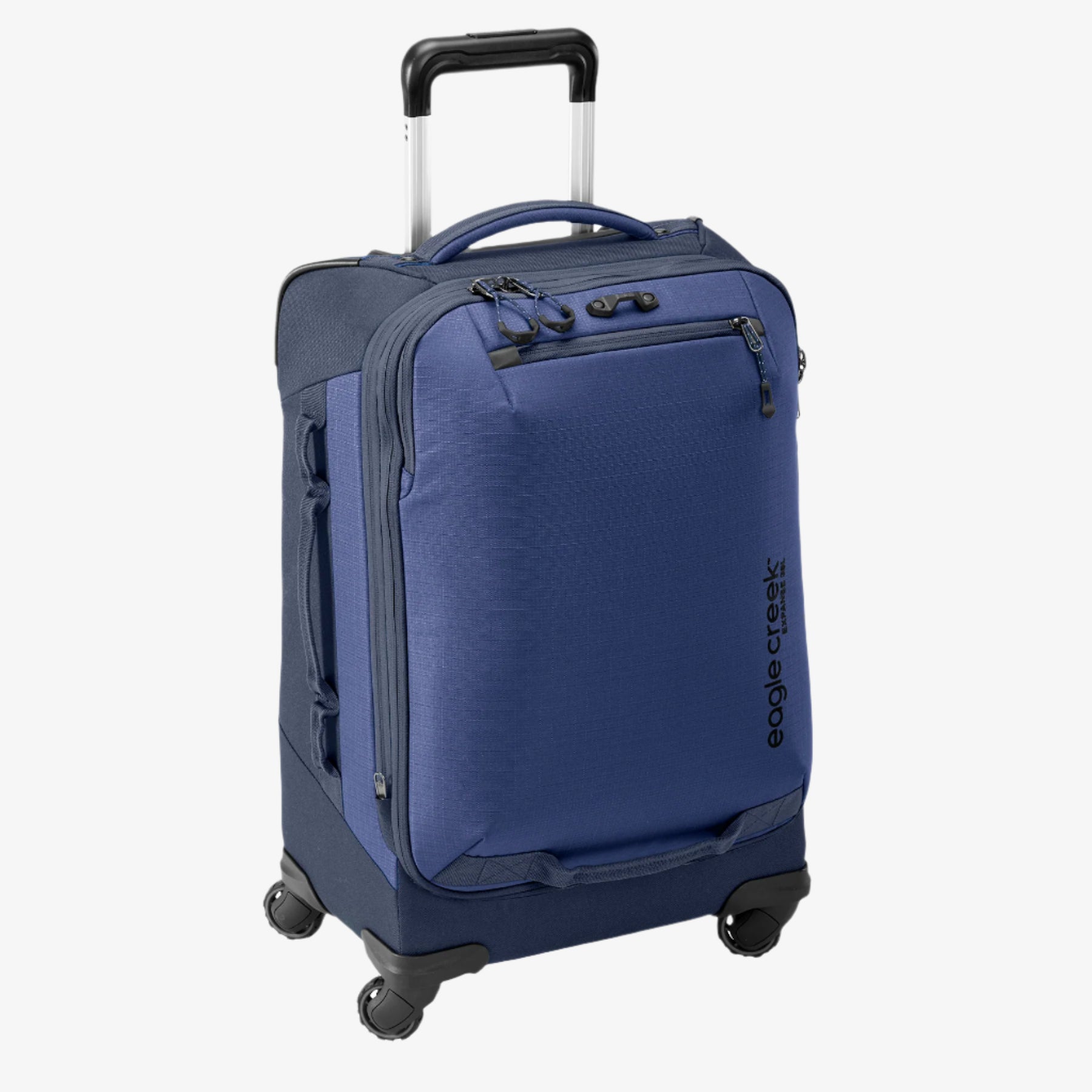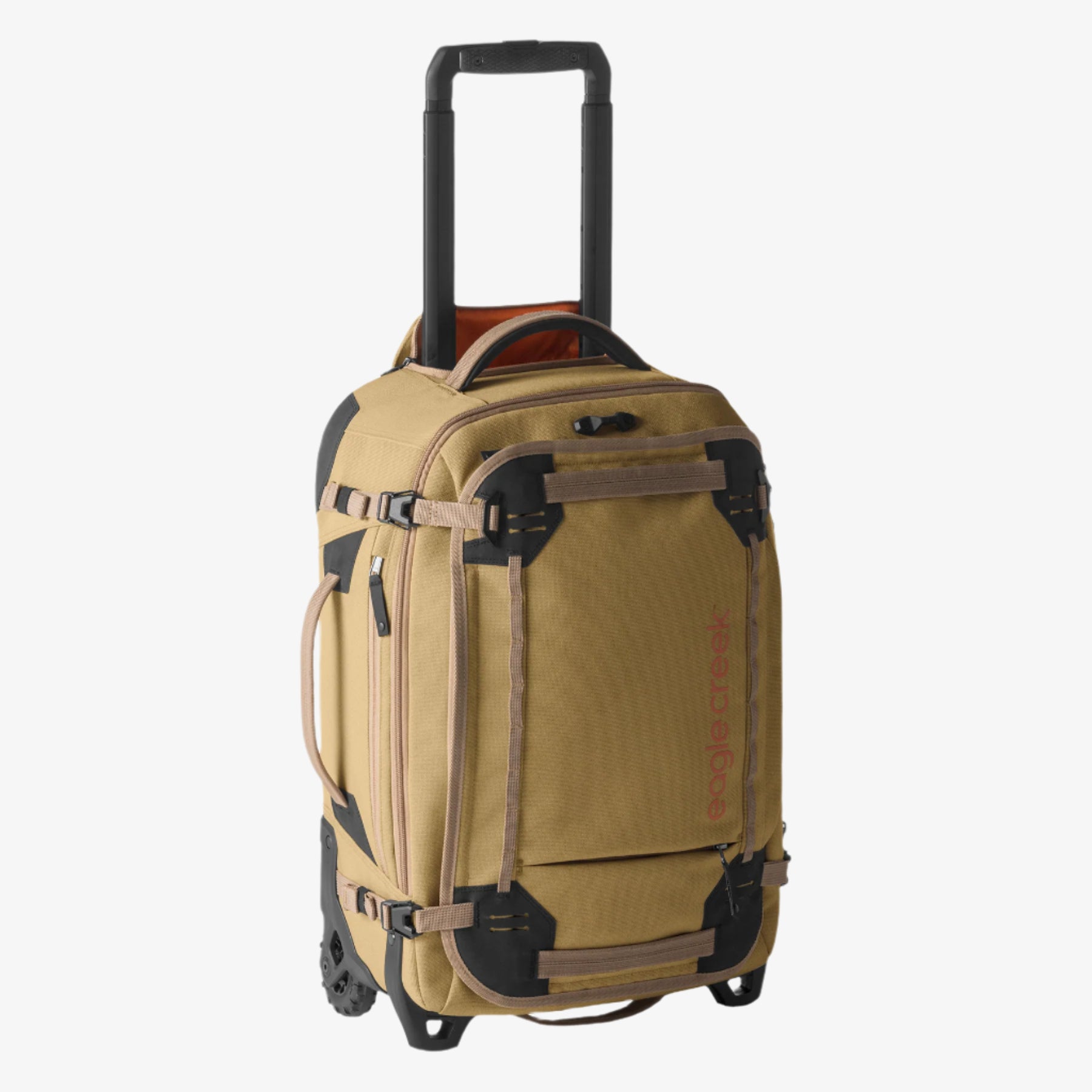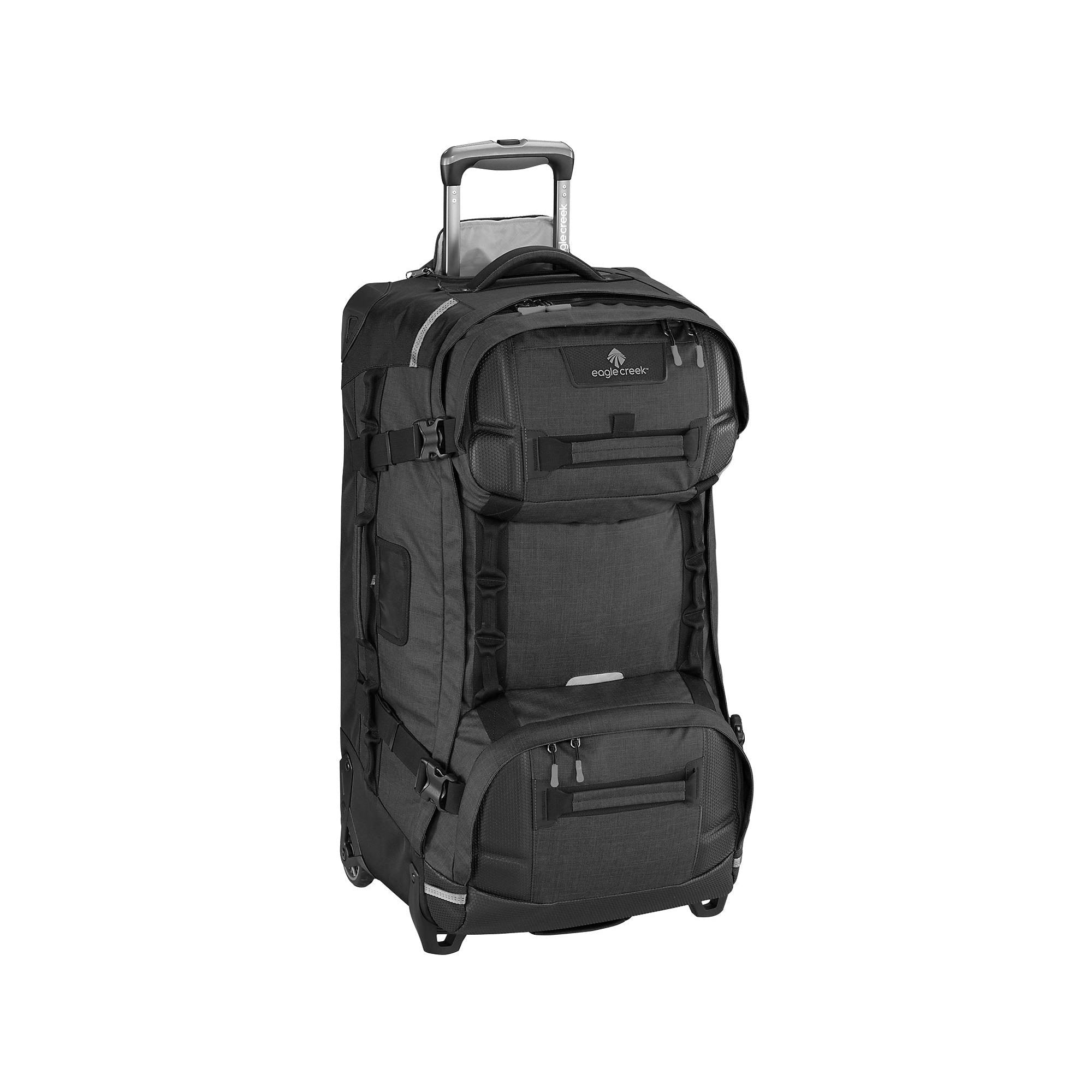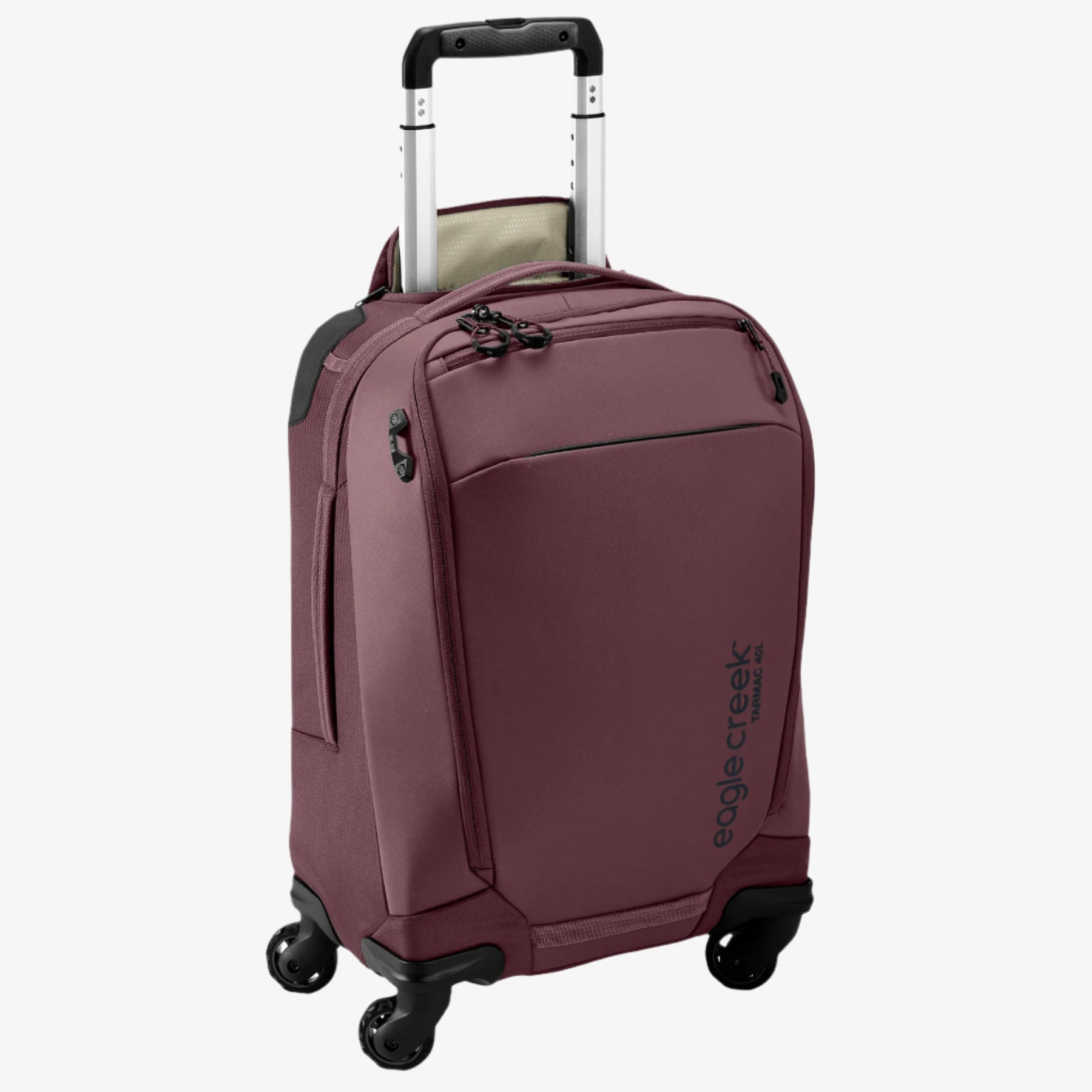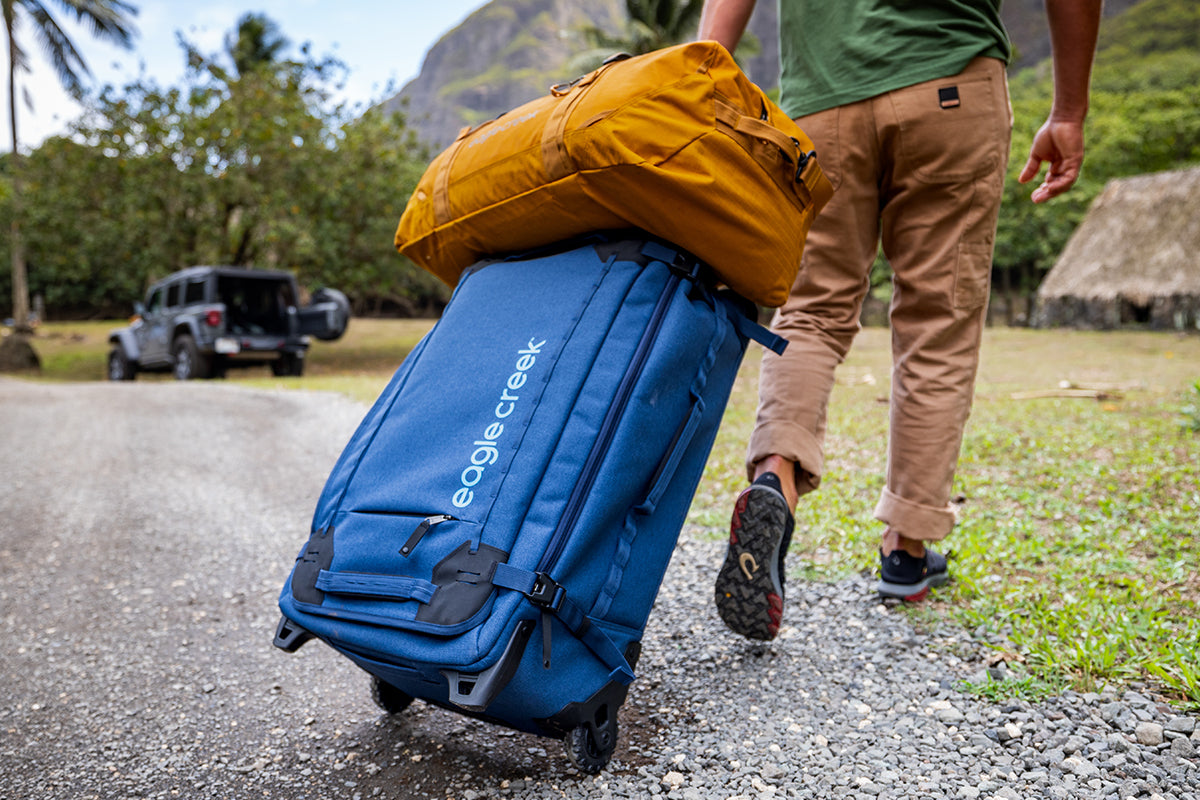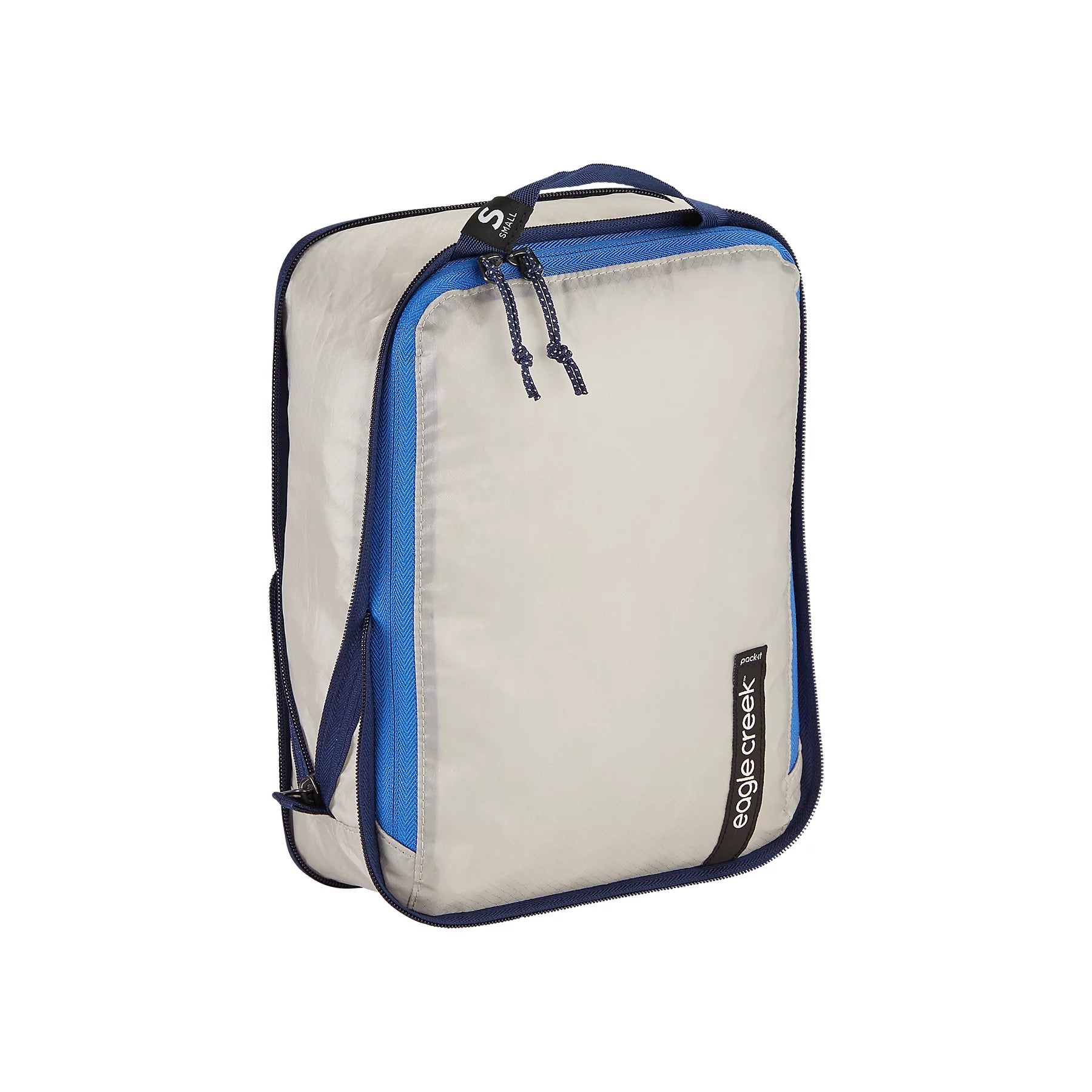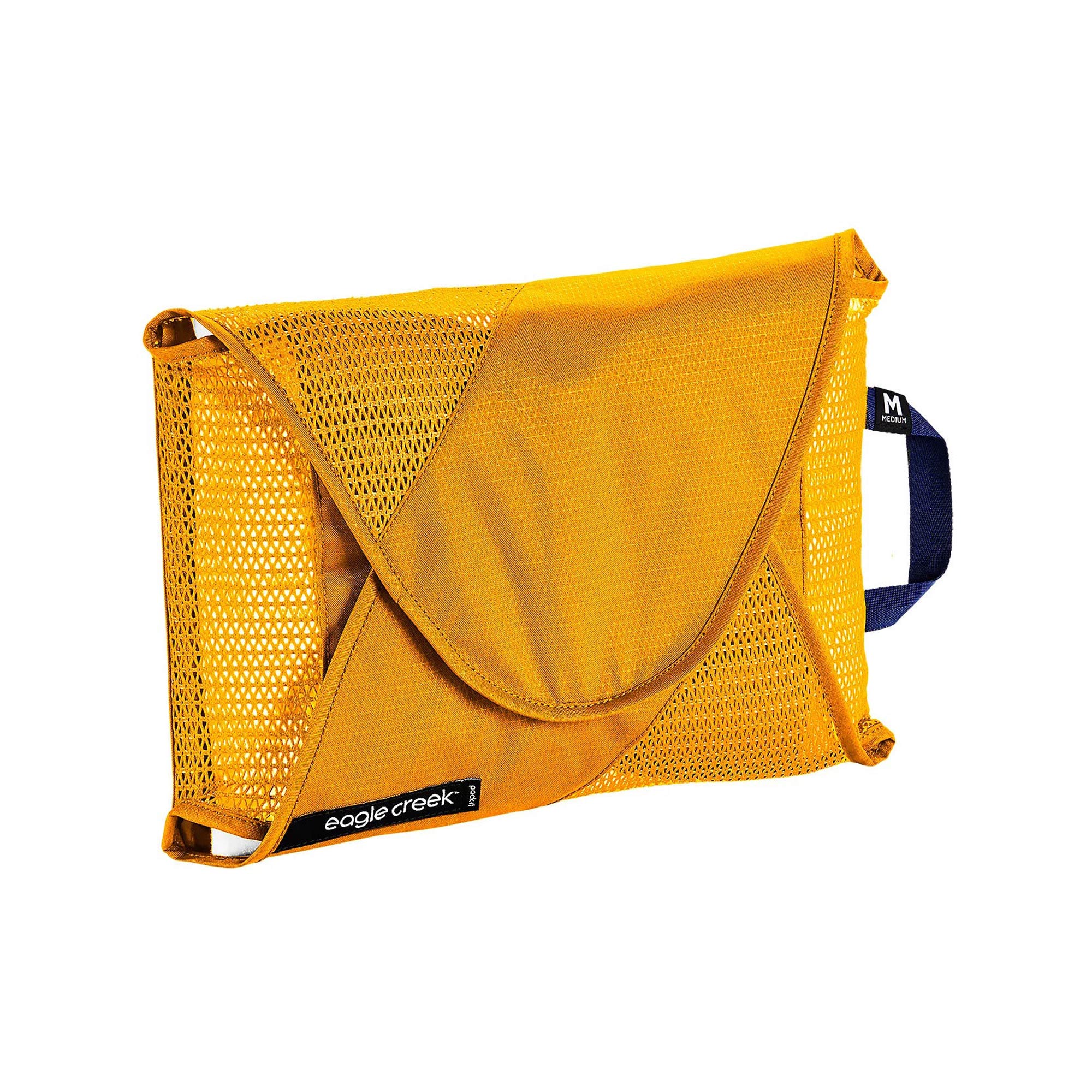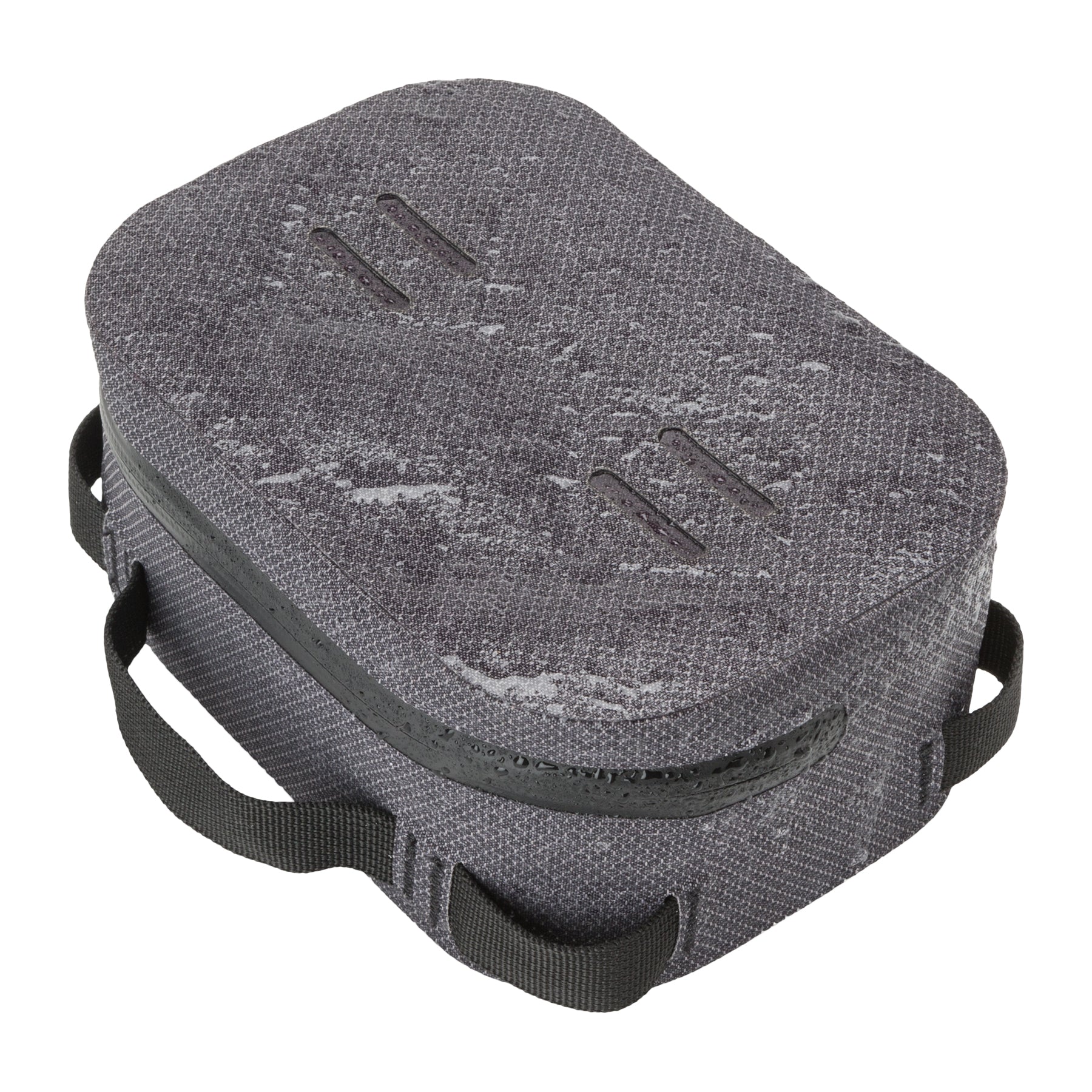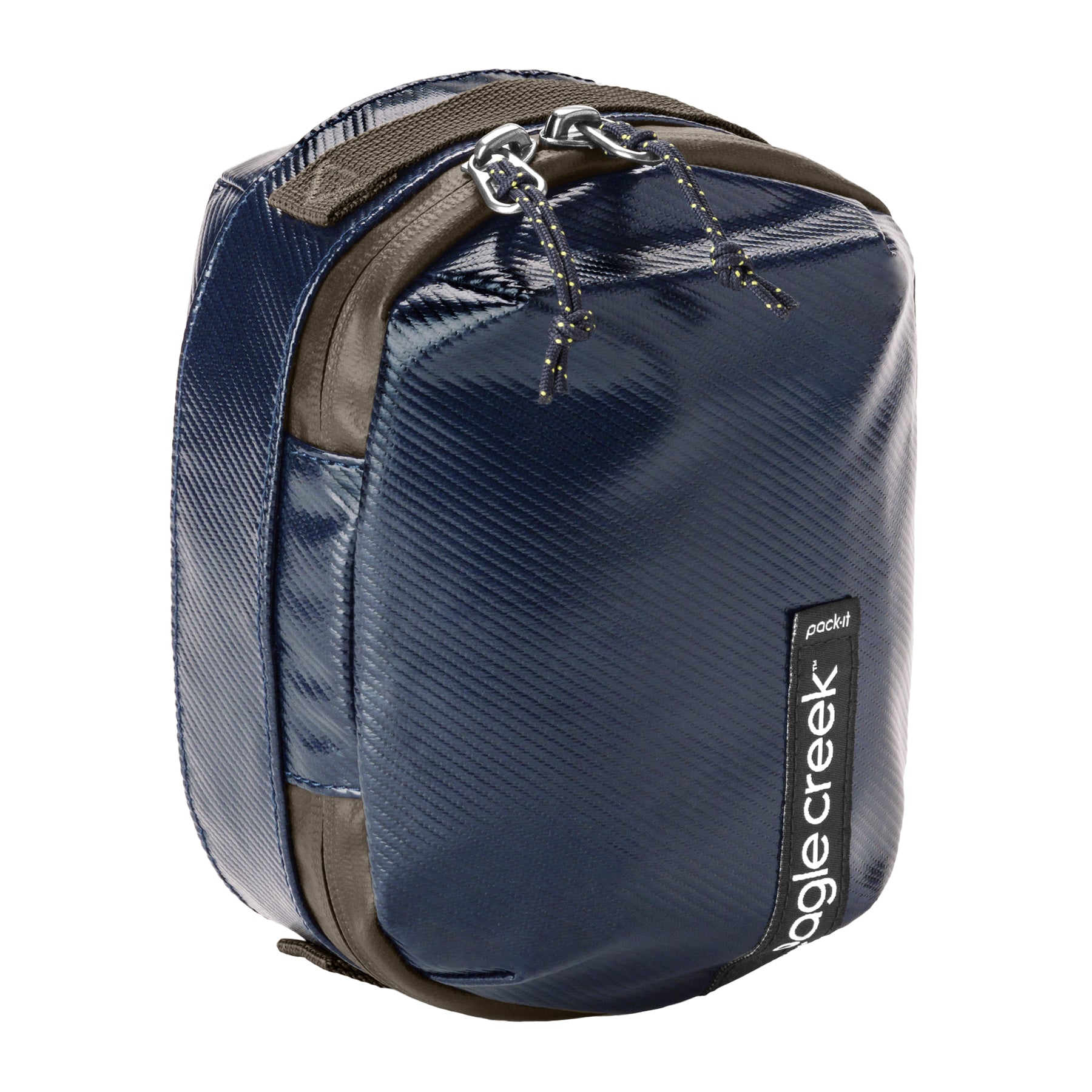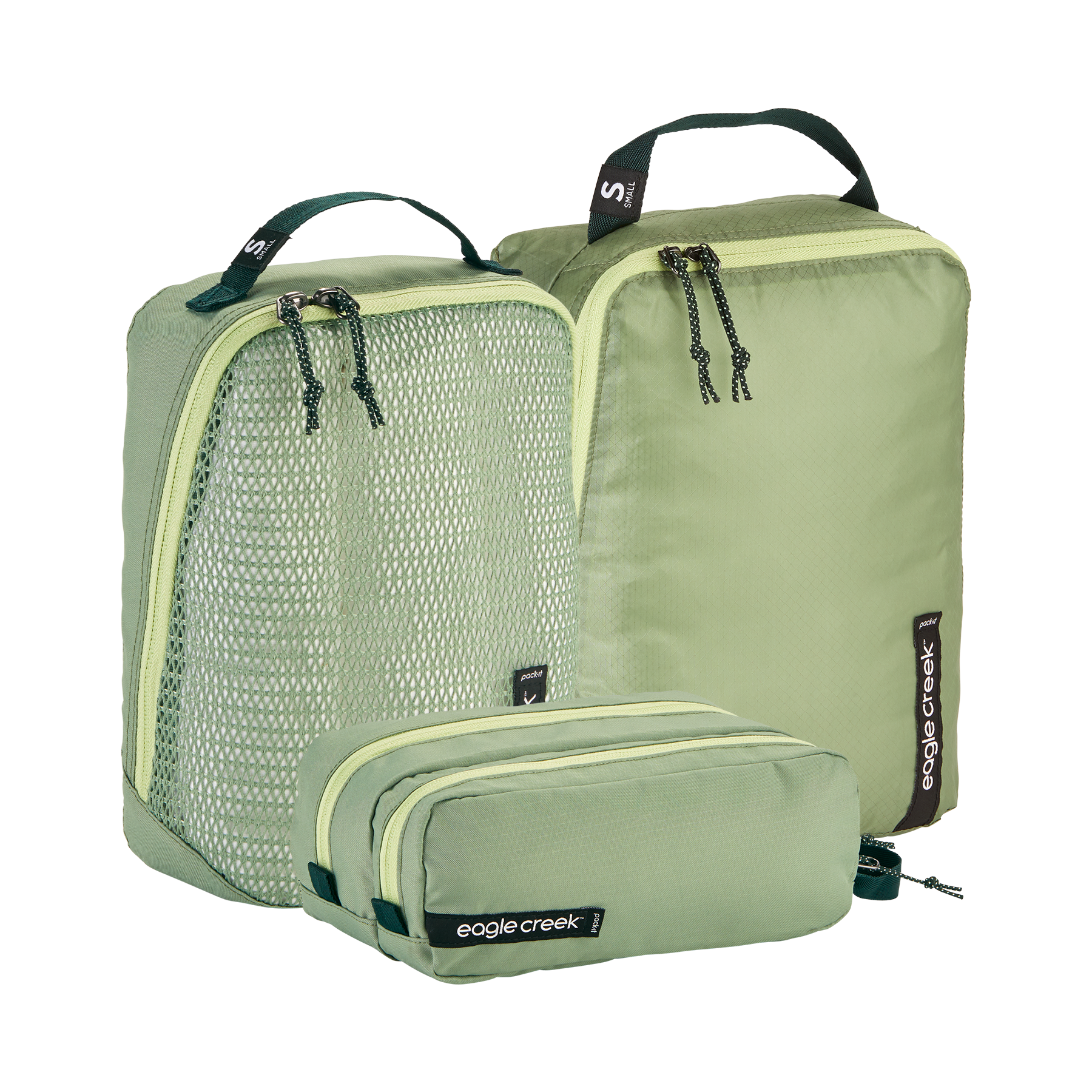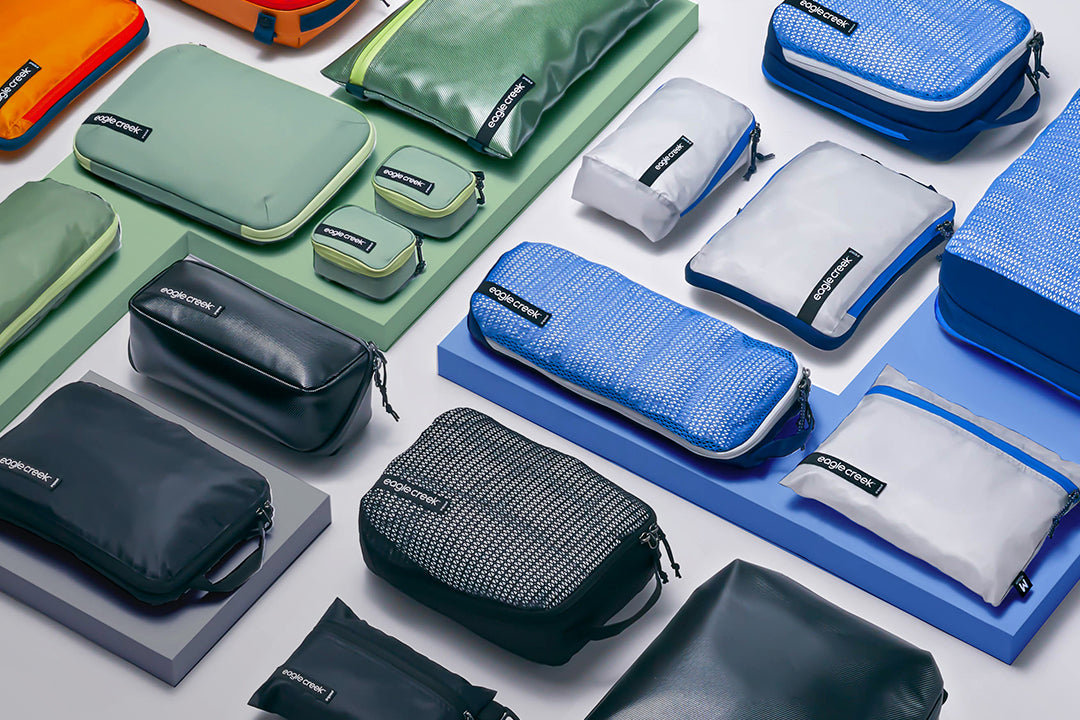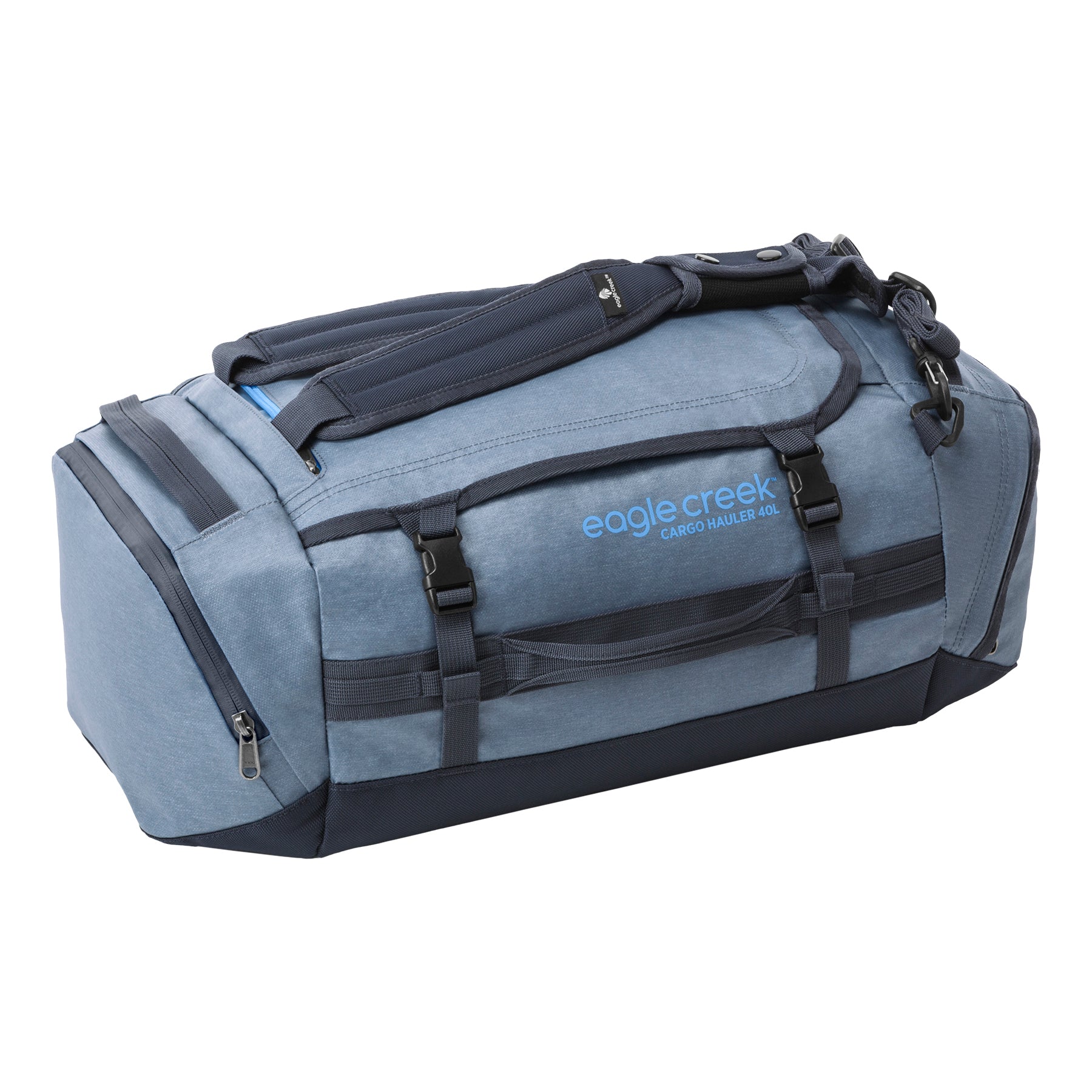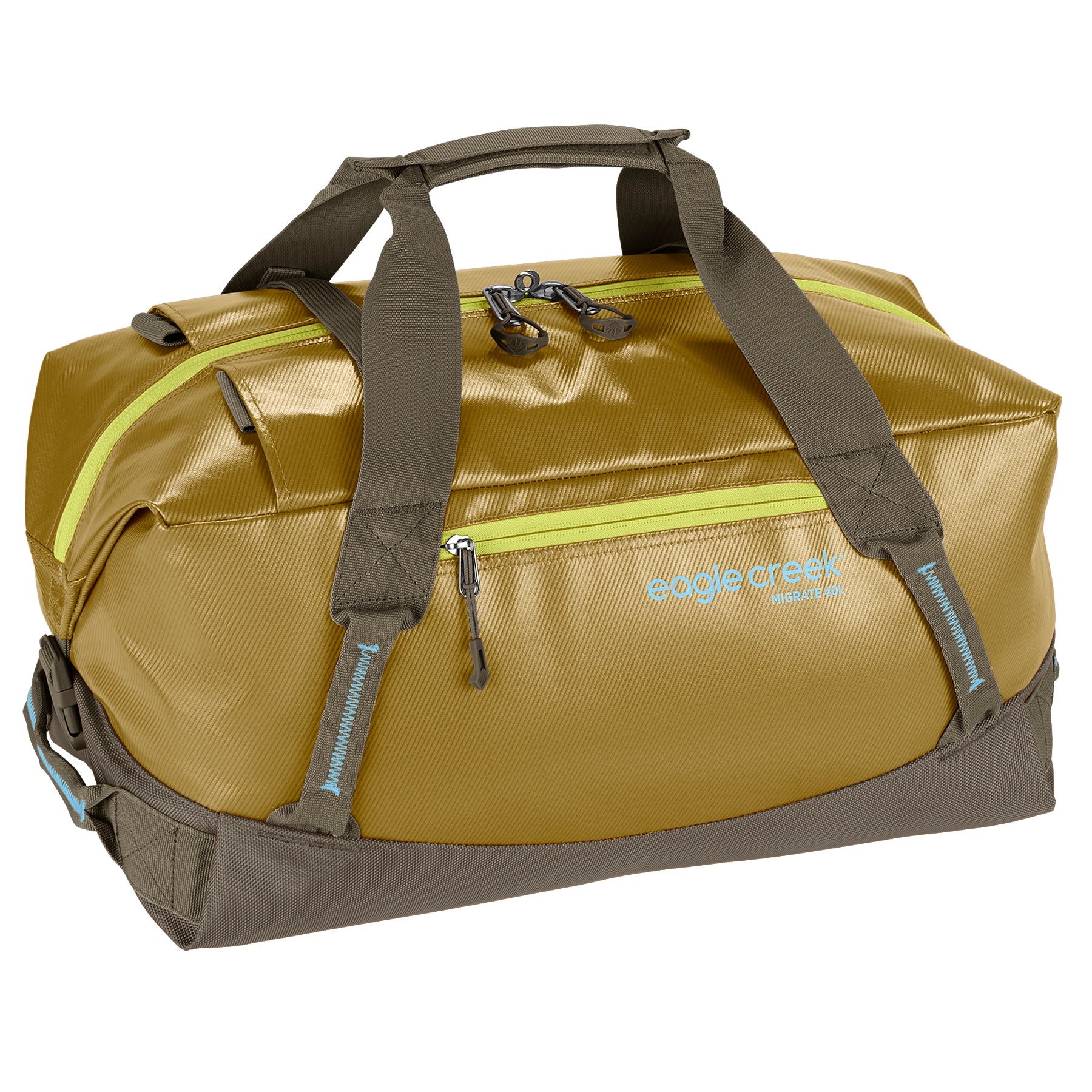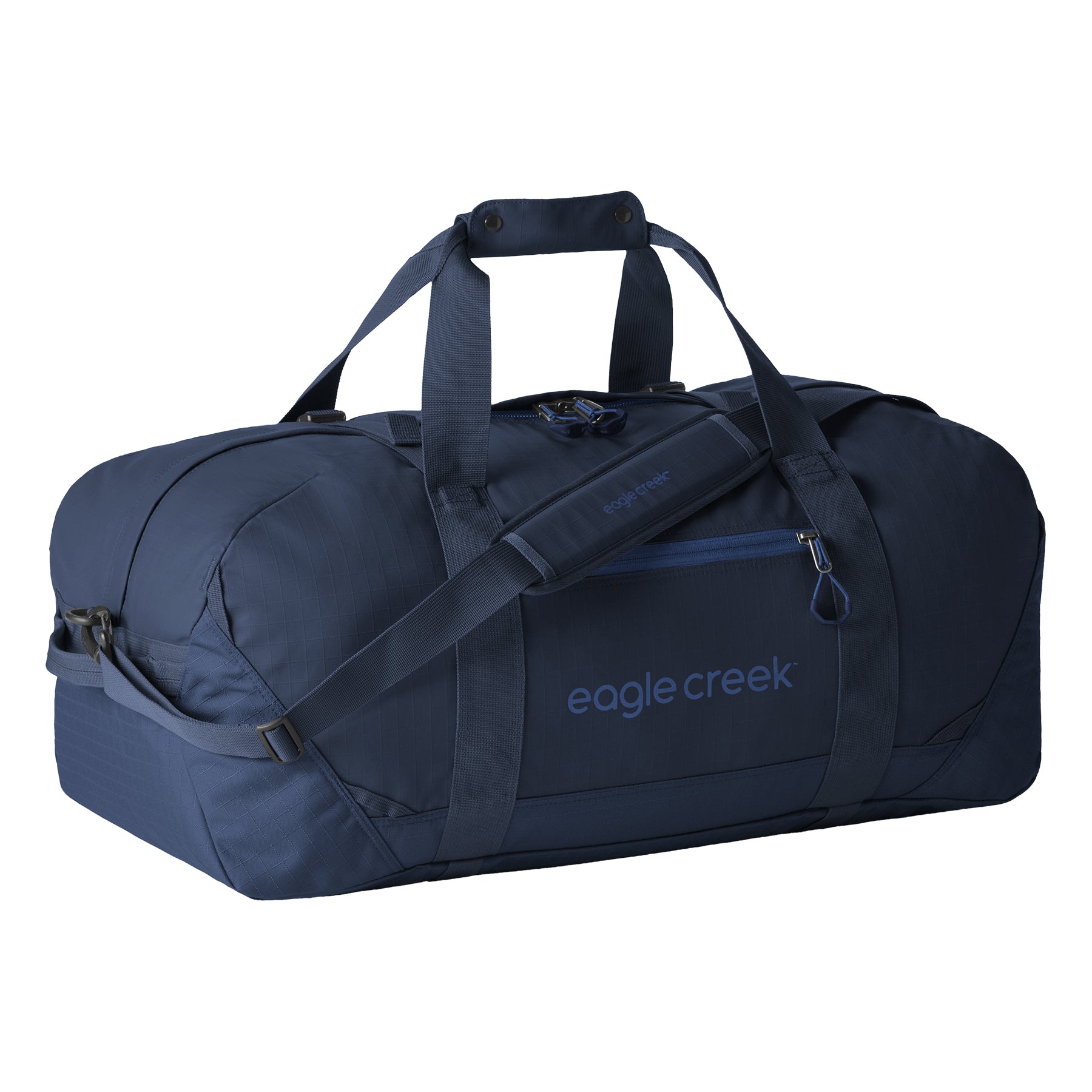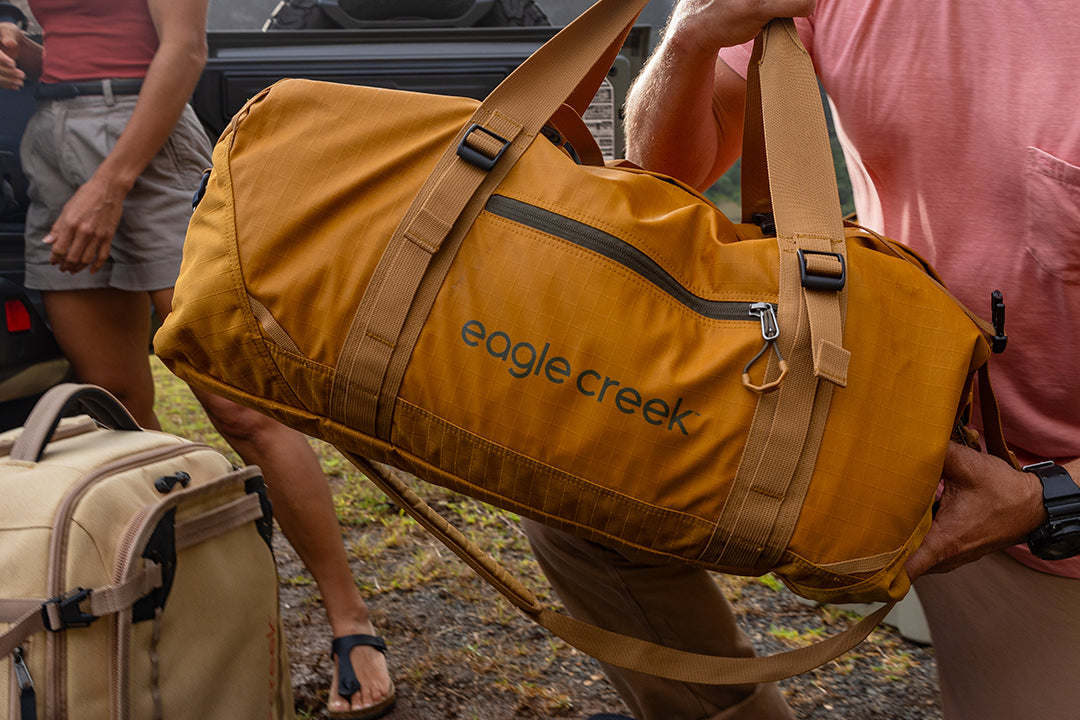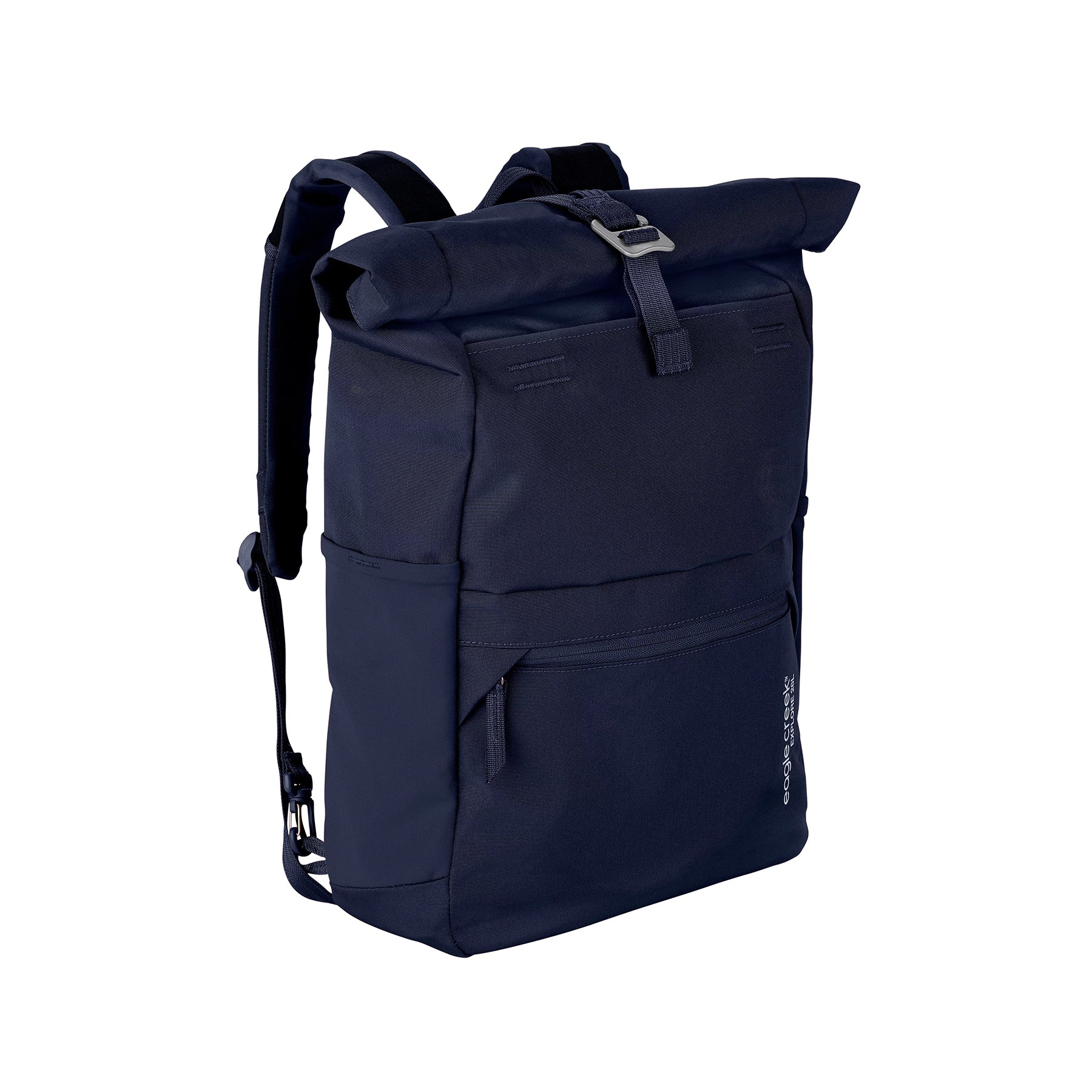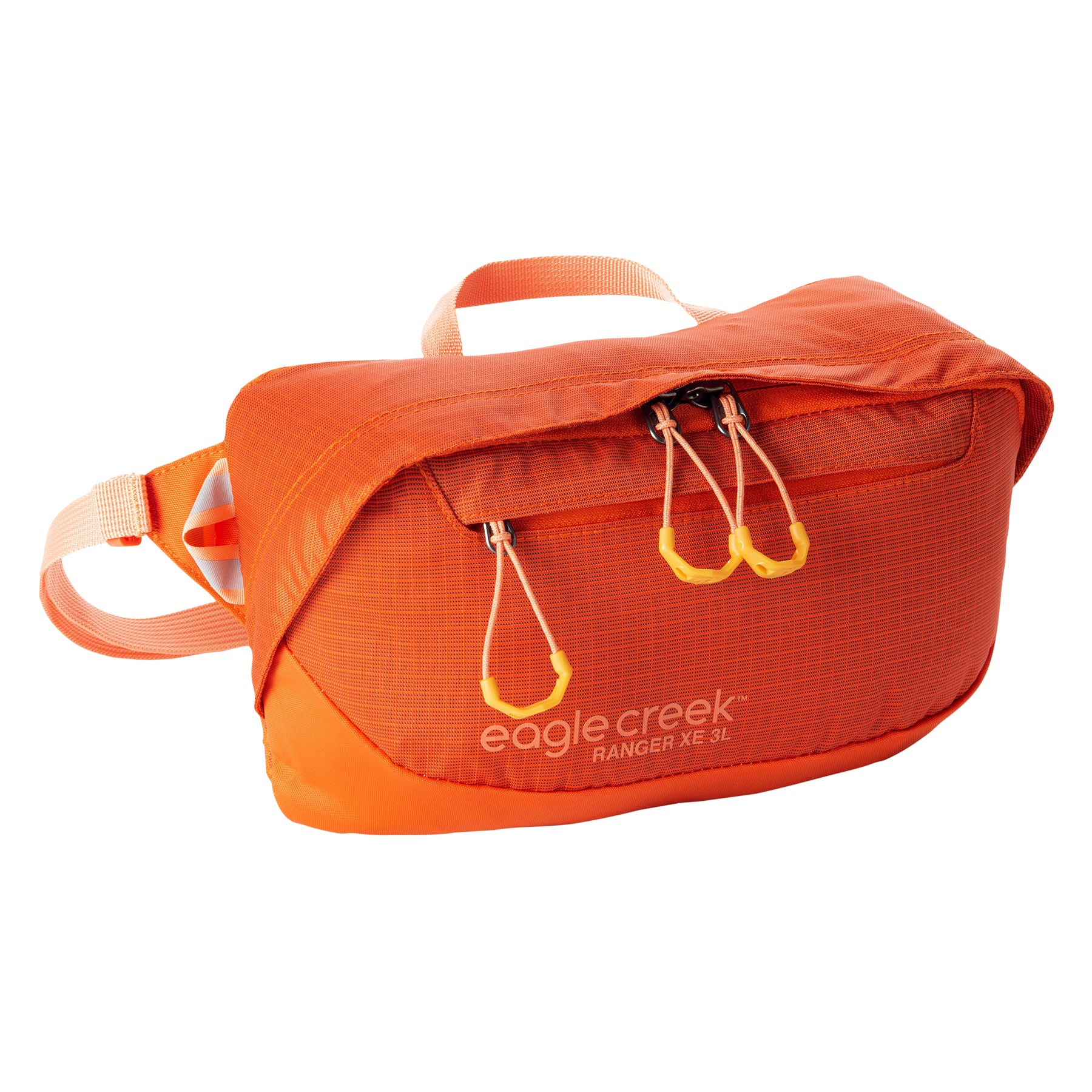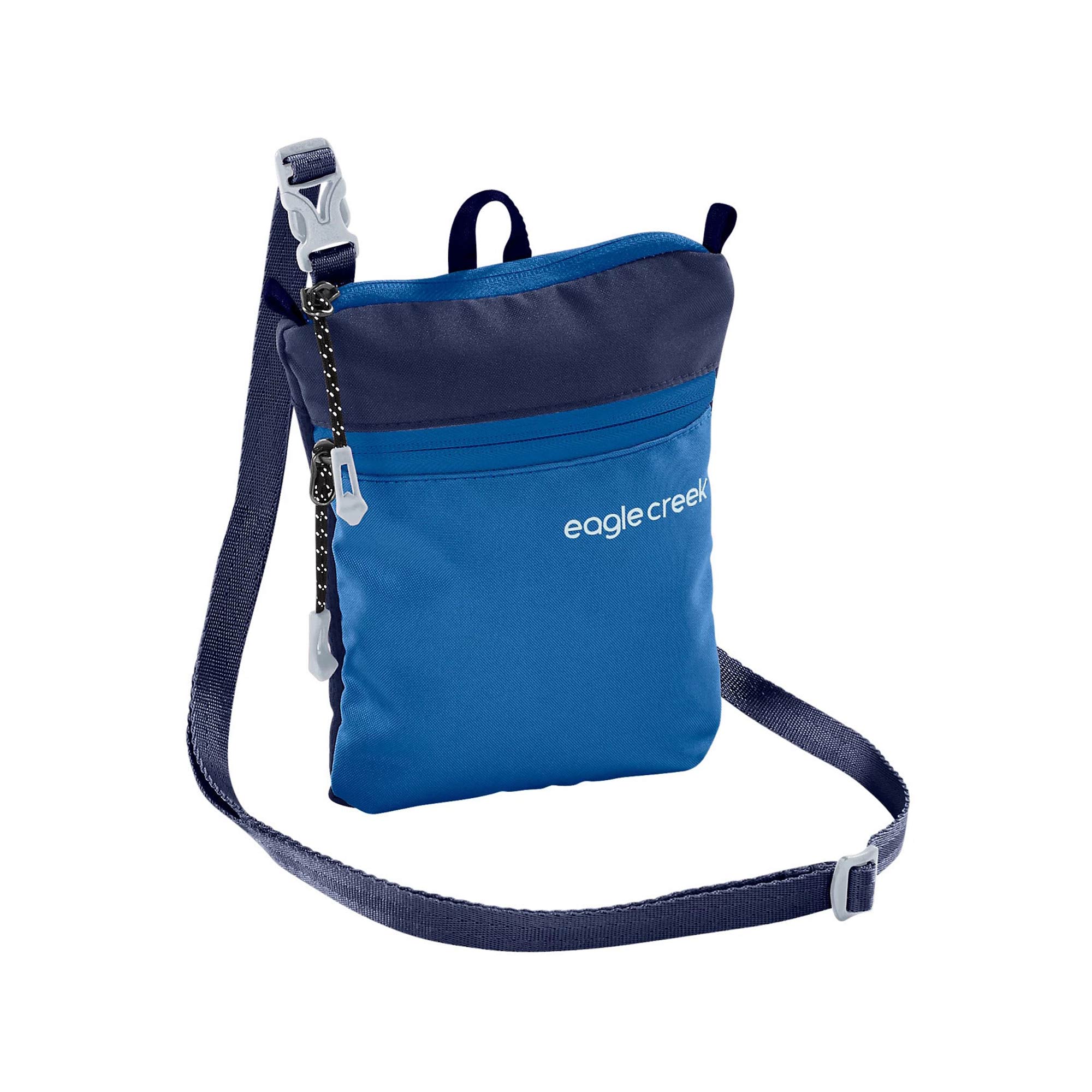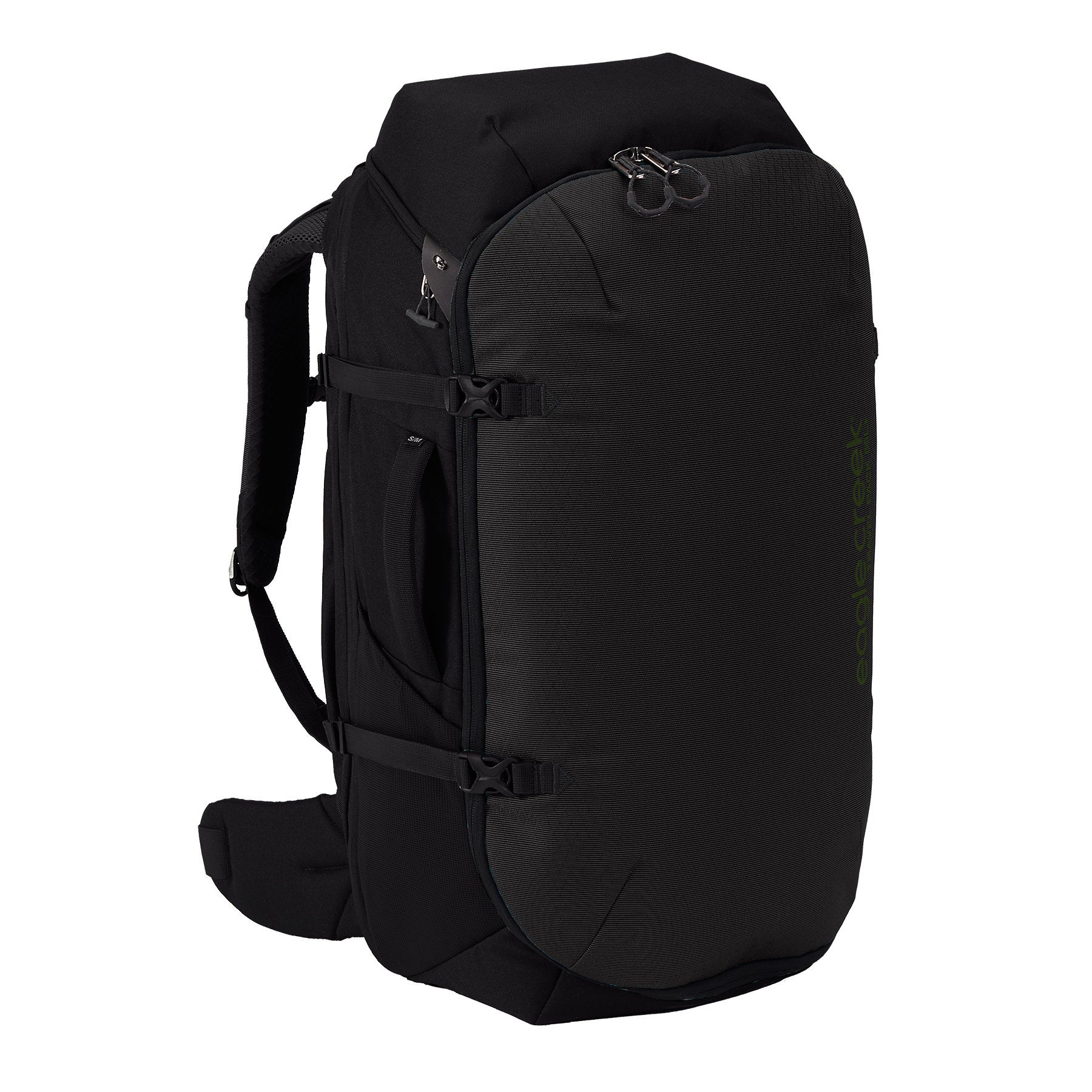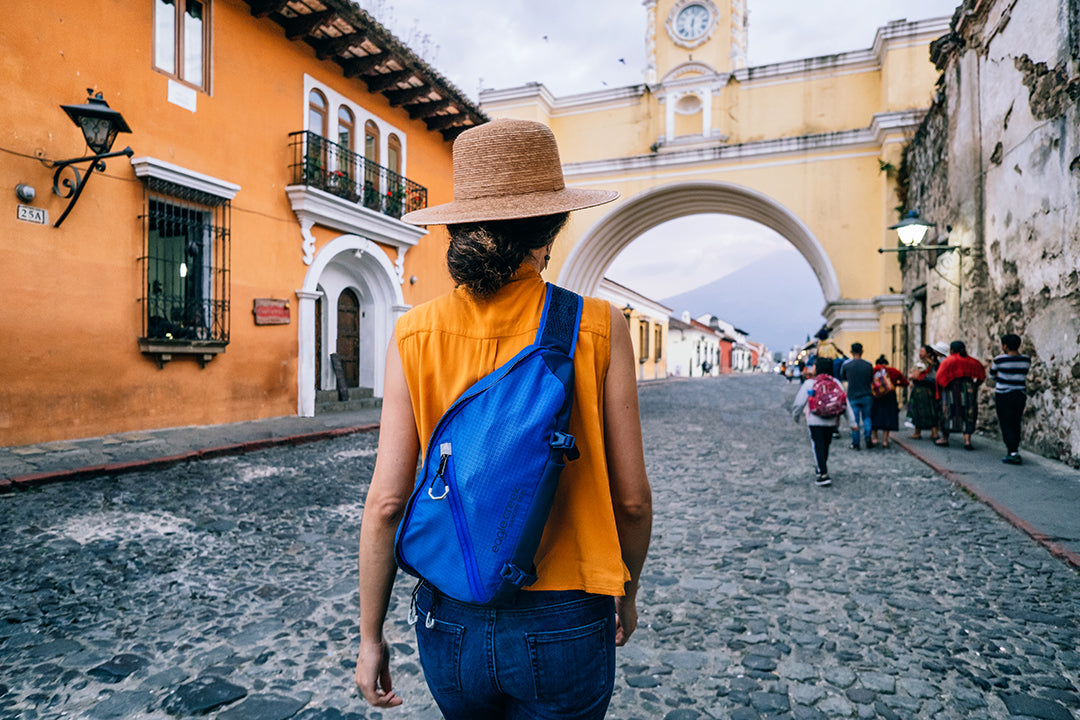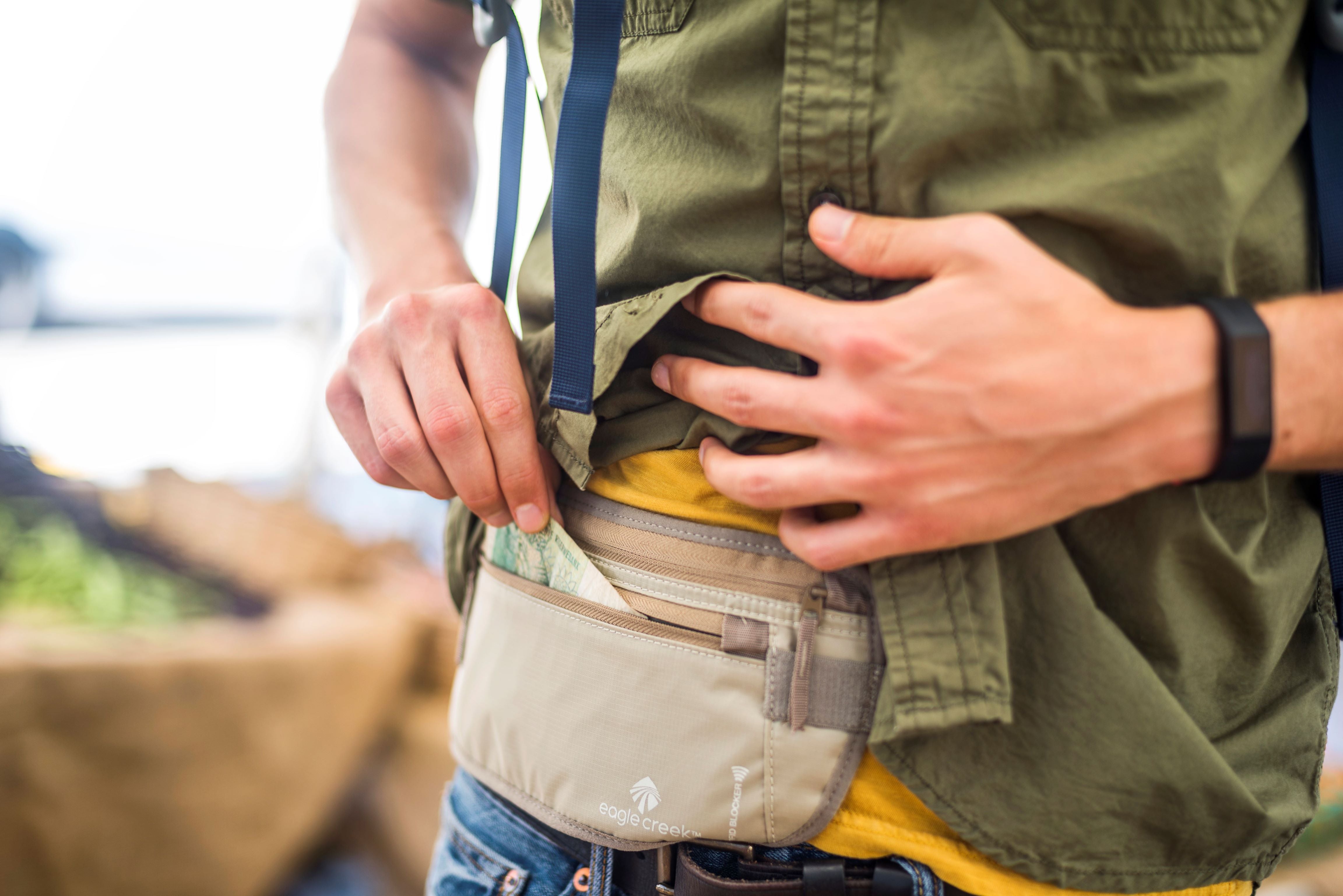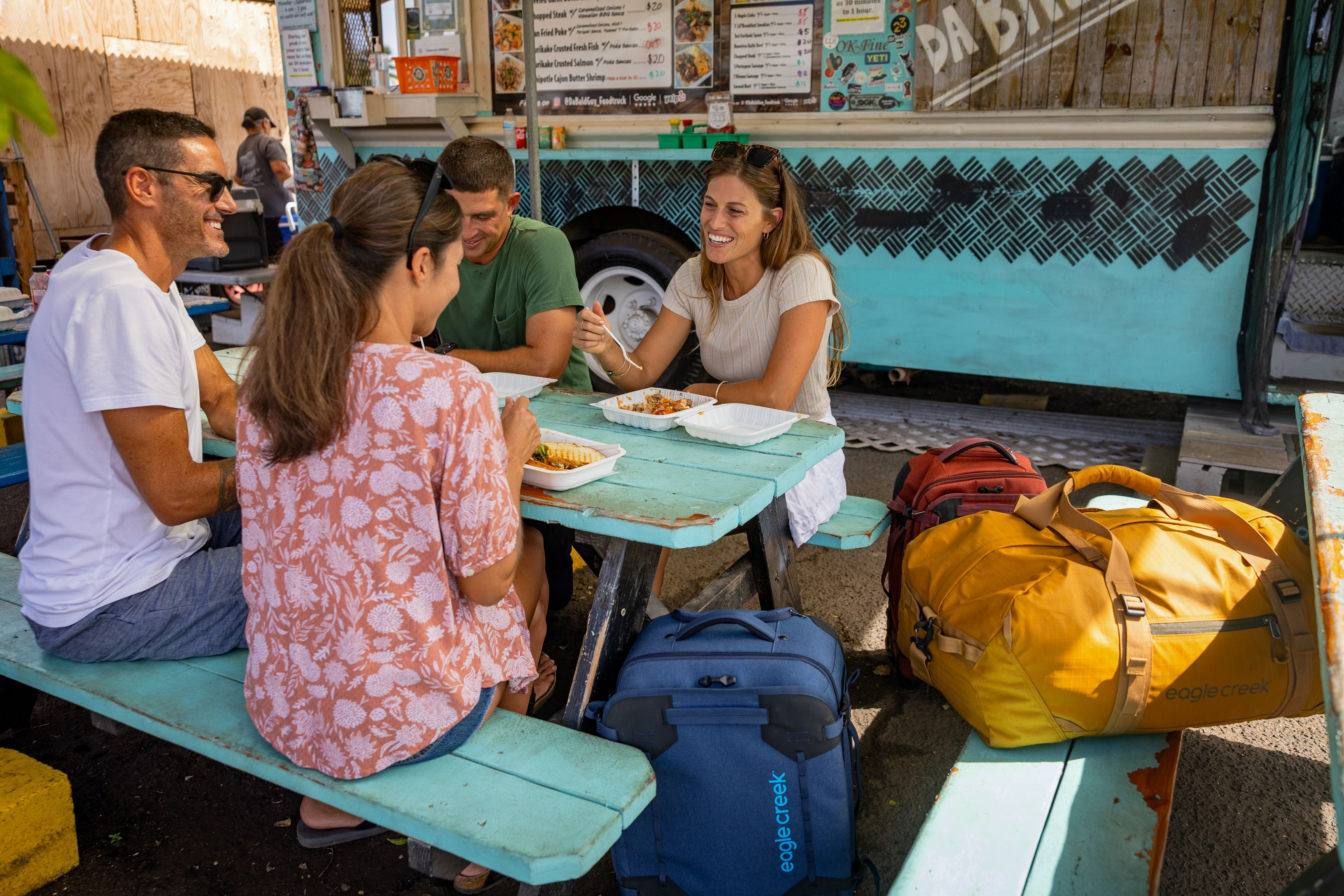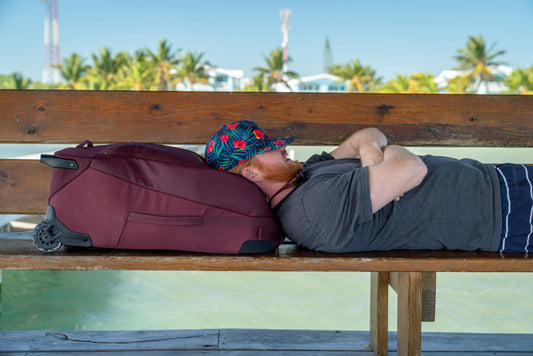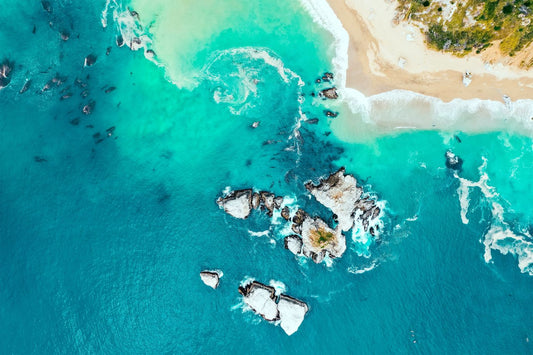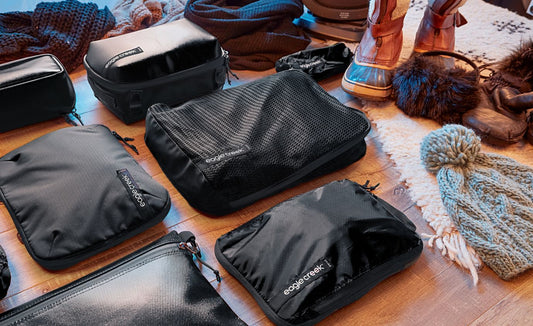Geocaching: The Modern-Day Outdoor Treasure Hunt
All you need is a cell phone to turn your next hike into a treasure hunt.
Geocaching is a modern take on treasure hunting. Instead of a map with an “X” that marks the spot, geocaching relies on GPS technology to pinpoint the treasure. Here’s what you need to know to get started.
WHAT IS GEOCACHING
The term geocaching combines two words: geography and cache. Participants use their cell phone or a GPS device, geographical sleuthing skills, and powers of observation to locate a hidden, above-ground container with a logbook—this is the cache. Sometimes, the cache will also contain one or more small items. You can take an item as long as you replace it with one of equal or greater value.
In addition to these traditional caches, there are multi-caches that involve multiple containers and clues; mystery caches with a puzzle you must solve to get the container’s final coordinates; and letterbox hybrids that contain a rubber stamp and ink so you can stamp your journal. (Carry your journal in your backpack.)
Another variation is EarthCaches, which consist of an earth science lesson at a unique geological feature instead of a container and logbook. Some national parks, like Petrified National Forest in Arizona, actually create their own EarthCaches.
HOW TO GET STARTED
All you need is a cell phone, a pen, and your phone charger, just in case. (Keep your charger separate, so it doesn’t get tangled in your hiking gear in your bag with a Pack-It Reveal E-Tools Organizer.) Download the Geocaching.com app, select a geocache, and begin your search. When you find the cache, take your pen out—a waist pack makes it easy to access essentials—and sign and date the logbook. Then, record your find on Geocaching.com or via the app.
Choose your first cache carefully. Caches use a five-star rating for the level of difficulty and terrain, with one star being the easiest and five the most challenging. Start with an easy, traditional cache or EarthCache that has recently been found to ensure that the cache is still active. Read the reviews, and opt for a regular-sized cache, not the tiny or minuscule options. Since caches can be camouflaged as everyday objects like birdhouses, finding the cache will be challenging enough your first time. Don’t make it even more difficult than it needs to be.
OUTDOOR BASICS
Caches can be hidden in the city park near your home or in more physically taxing locations, like on the Appalachian Trail. Don’t choose a cache beyond your abilities. If you haven’t hiked before, start with short, easy distances. Wear proper footwear, and bring plenty of water. And of course, go with a hiking buddy or bring the family.
Geocaching is a great activity for families and a fun way to introduce your kids to hiking. One way to get your kids enthused is to clip a pouch to a belt loop where they can carry a small snack and an item to trade once the cache is found.
Whether you go with your family or not, safety should be a priority on the trail. Learn how to use a compass and bring one with you in case you lose your cell phone’s signal or its battery dies, and carry a paper copy of an area map. Always tell someone before you leave where you are going and when to expect you back.
After you’ve become an experienced geocacher, you can graduate to hiding your own caches. Visit Geocaching.com to learn how to create and hide your own. Or, just stick to finding the caches others create. Geocaching is a fun way to get outside and explore a new part of the world.
